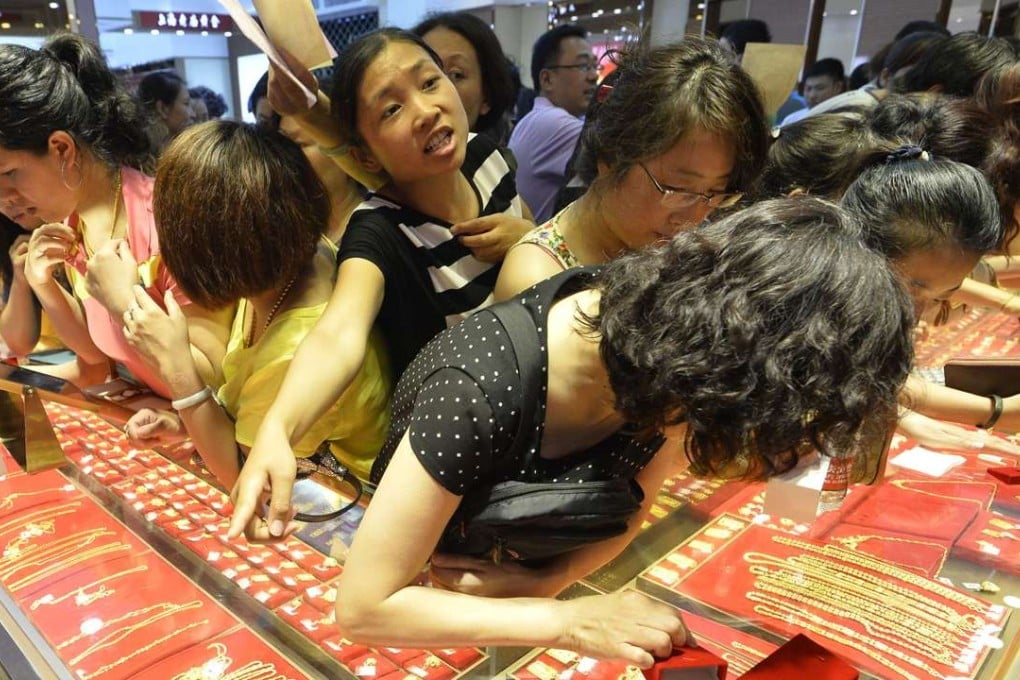How China’s growing army of consumers will drive global growth
Chang Ka Mun and Jaana Remes say urban buyers in China, with their new-found means and willingness to spend, are set to be a force to reckon with as the nation transitions to a new economic model

For 15 years, China has been a key engine of global growth. But now that the investment-led boom has run its course, continued growth – in China and globally – will depend on urban Chinese consumers.
By 2030, people living in cities will drive 91 per cent of global growth in consumption, and China is emphasising both urbanisation and a consumer-led growth model.
The McKinsey Global Institute’s latest research is optimistic that China’s strategy will succeed. It foresees continued growth in the number and income of urban consumers, and predicts that 700 Chinese cities will generate US$7 trillion, or 30 per cent, of global urban consumption growth between now and 2030.
700 Chinese cities will generate US$7 trillion, or 30 per cent, of global urban consumption growth between now and 2030
Today, China’s urban working-age consumers number 521 million; in just 15 years, there will be 628 million. Beijing, Shanghai, Guangzhou and Shenzhen will each add more than one million households with annual income above US$70,000 – the number of Hong Kong households in that income bracket today. Per capita spending is set to jump from US$4,800 to US$10,700 by 2030.
Urban incomes in China are now reaching a threshold where spending on both goods and services accelerates rapidly. Annual household spending on personal products and dining out will more than double. Chinese consumers are also travelling more. China’s new consumer army will have the means and, more important, the willingness to spend its higher earnings. Chinese urban consumers – who have grown up in post-reform China and have different views from their parents about saving versus spending – will make a generational break from the past. That shift will fuel the transition to a consumer-led economy.

Great economic leap forward: China prepares for shift to market- and consumer-based economy
China’s working-age consumers are driving innovation by interacting directly with companies to help reinvent products and services. Smartphone company Xiaomi, for example, conducts direct online polling to find out what innovations consumers want. Western companies are following suit.